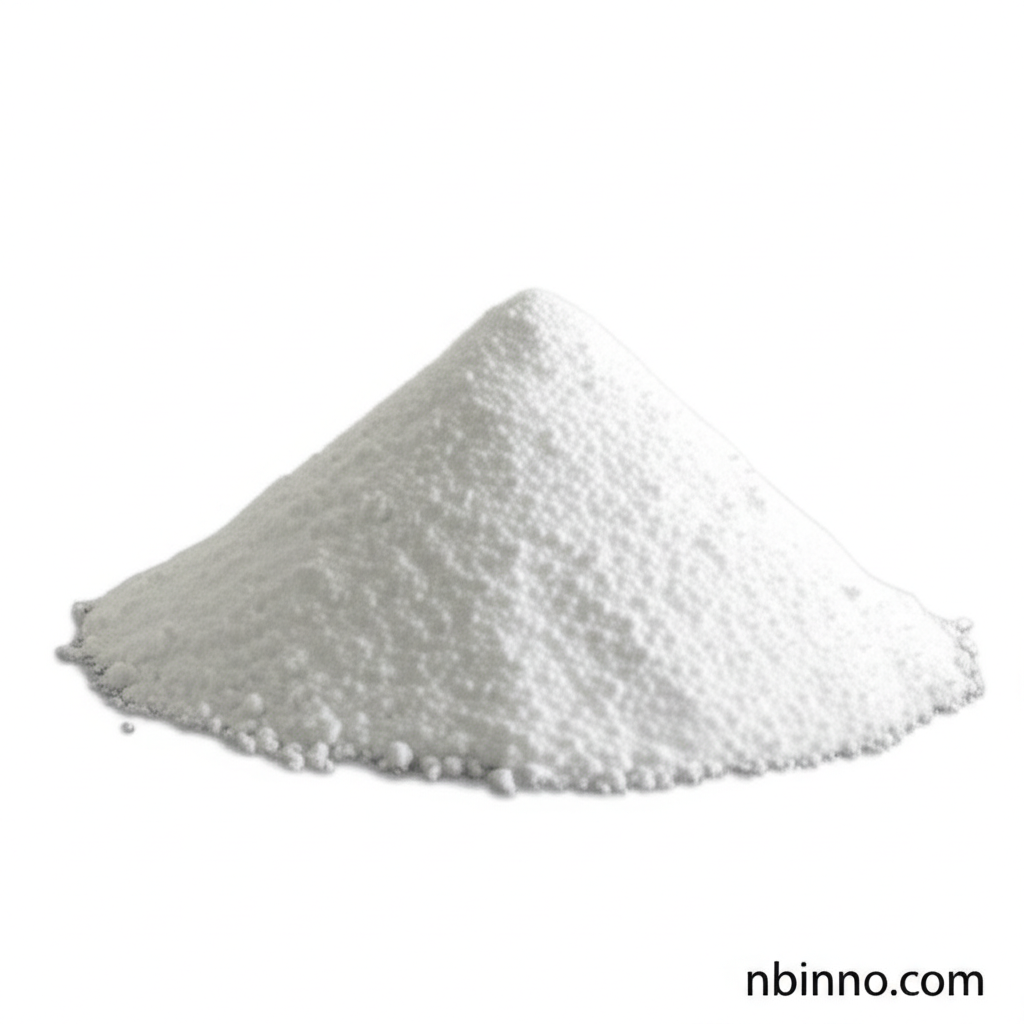Sulfanilamide CAS 63-74-1: A Comprehensive Guide to its Properties, Applications, and Synthesis
Discover the essential details of Sulfanilamide, a foundational antibacterial agent and key pharmaceutical intermediate.
Get a Quote & SampleProduct Core Value

Sulfanilamide
Sulfanilamide (CAS 63-74-1) is a crucial organic sulfur compound renowned for its antibacterial properties. It functions by competitively inhibiting the bacterial enzyme dihydropteroate synthase, thereby blocking the synthesis of folic acid essential for bacterial growth and survival. This mechanism makes it a bacteriostatic agent effective against a range of bacteria.
- Understand the Sulfanilamide antibacterial mechanism and its vital role in preventing bacterial replication by disrupting folic acid synthesis.
- Explore detailed Sulfanilamide chemical properties, including its white crystalline powder appearance and solubility characteristics.
- Learn about various Sulfanilamide applications in pharmaceuticals, from its direct use to its importance as a chemical intermediate.
- Access critical Sulfanilamide supplier information for sourcing this essential compound.
Key Advantages
Broad-Spectrum Antibacterial Activity
Sulfanilamide exhibits a broad-spectrum antibacterial effect, impacting both Gram-positive and Gram-negative bacteria by interfering with their folic acid synthesis pathway, crucial for cell growth and reproduction.
Versatile Pharmaceutical Intermediate
It serves as a key intermediate for the synthesis of other sulfa drugs, making it indispensable in the pharmaceutical industry for developing a range of therapeutic agents.
Reliable Chemical Reagent
As a well-characterized compound, Sulfanilamide is utilized as a reliable chemical reagent in analytical chemistry, particularly for determining nitrites.
Key Applications
Antibacterial Treatments
Historically used for treating bacterial infections, particularly those caused by hemolytic streptococci and staphylococci, and for local wound disinfection to prevent infection.
Synthesis of Sulfa Drugs
A primary raw material for synthesizing various sulfa drugs, including sulfadiazine, sulfamethoxazole, and others, expanding its therapeutic applications.
Chemical Analysis
Employed as a reagent for the quantitative determination of nitrites through diazotization titration, a common practice in chemical analysis.
Research and Development
Investigated for its role in organic chemistry, material science, and as a molecular scaffold for creating new compounds with potential industrial applications.
